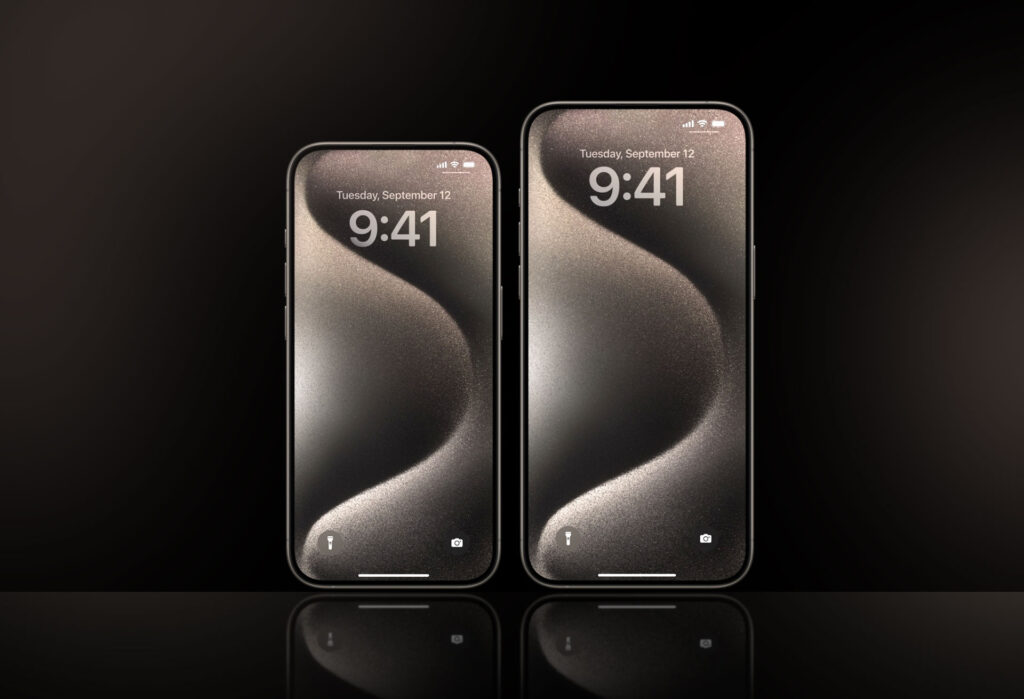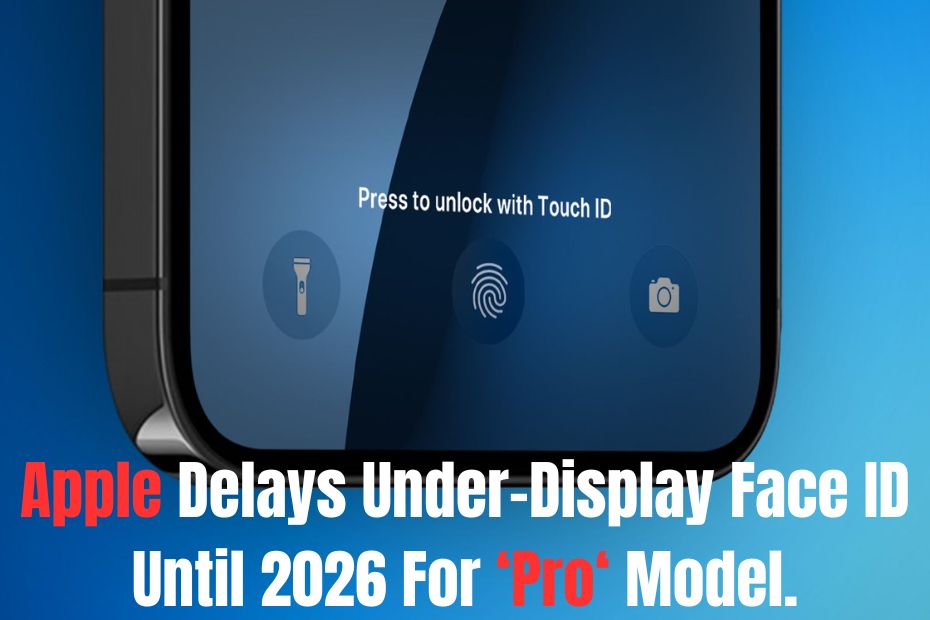Apple’s quest for a truly bezel-less iPhone display has encountered a setback, with reports indicating a significant delay in implementing under-display Face ID technology. Initial projections aimed for this feature to debut in the 2025 iPhone lineup, but display analyst Ross Young, noted for his precise predictions on Apple’s display technologies, now suggests it might not arrive until the 2026 “Pro” iPhone models.
This delay signals a strategic shift by Apple, focusing on enhancing the “Pro” segment with advanced features while maintaining cost-effectiveness for standard models. This strategic move has profound implications for iPhone design and user experience.
Reasons for the Delay: Technological Challenges Persist.
Several technical hurdles contribute to this delay. Under-display Face ID demands intricate engineering to accommodate the complex sensor array typically housed in the notch, beneath the display panel, without compromising performance. These sensors require unobstructed lines of sight to the user’s face for accurate recognition, which can be hindered by the display itself.
While some Android phones incorporate under-display camera technology, they often suffer from image quality issues due to reduced light transmission through the display panel. Apple, known for its exacting standards, likely refuses to compromise Face ID’s accuracy and security for an earlier rollout.
Potential Benefits of Under-Display Face ID.
Under-display Face ID integration offers significant potential for iPhone design. Removing the notch would create a truly immersive and uninterrupted display, maximizing screen real estate and enhancing visual experience. Additionally, it could facilitate a more uniform design language across the iPhone lineup.
Beyond aesthetics, under-display Face ID could enhance phone durability by eliminating a potential weak point – the notch. It could also pave the way for innovative features like an in-display fingerprint sensor, further streamlining authentication.

Impact on iPhone Lineup and User Experience.
The delay of under-display Face ID could create a two-tier system within the iPhone lineup, with “Pro” models being the first to receive this advancement. This might encourage users seeking cutting-edge features to opt for the “Pro” variants. However, it could also widen the gap between standard and “Pro” iPhones, potentially limiting accessibility of this technology.
The Road Ahead: Continued Innovation and Refinement.
Despite the delay, Apple remains committed to under-display Face ID. They likely use this time to refine the technology, ensuring it meets their rigorous standards. This cautious approach ensures a seamless user experience upon eventual release.
In the interim, Apple may continue iterating on the Dynamic Island design introduced with the iPhone 14 Pro, partially addressing the notch issue.
Alternatives and Future Possibilities.
While under-display Face ID experiences delays, Apple could explore alternative technologies like pop-up cameras or retractable mechanisms in the future. However, these solutions may introduce moving parts, potentially compromising durability.
Conclusion: A Calculated Move for a Seamless Future.
Apple’s decision to delay under-display Face ID until the 2026 “Pro” iPhones reflects a strategic approach prioritizing user experience and technological excellence. Despite creating a temporary gap between standard and “Pro” models, it sets the stage for a groundbreaking and seamless future for the entire iPhone lineup. As technology matures, the iPhone promises a truly immersive and bezel-less display, pushing the boundaries of smartphone design and functionality.
